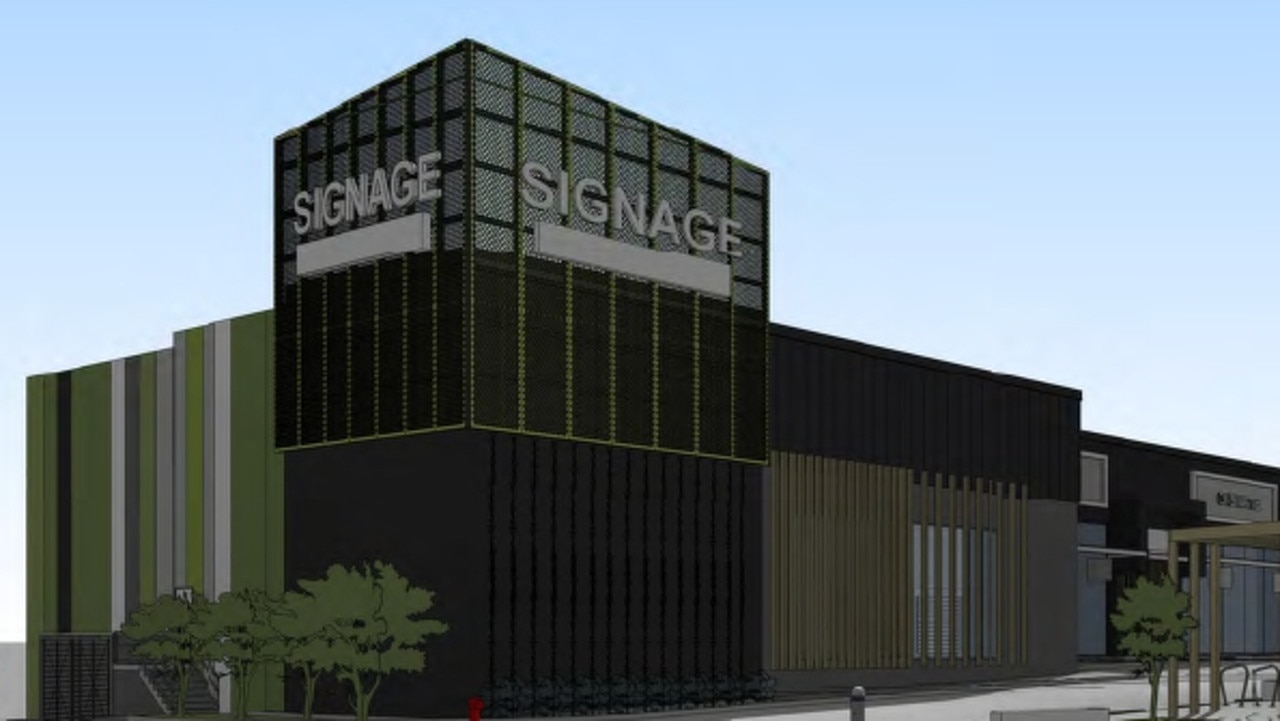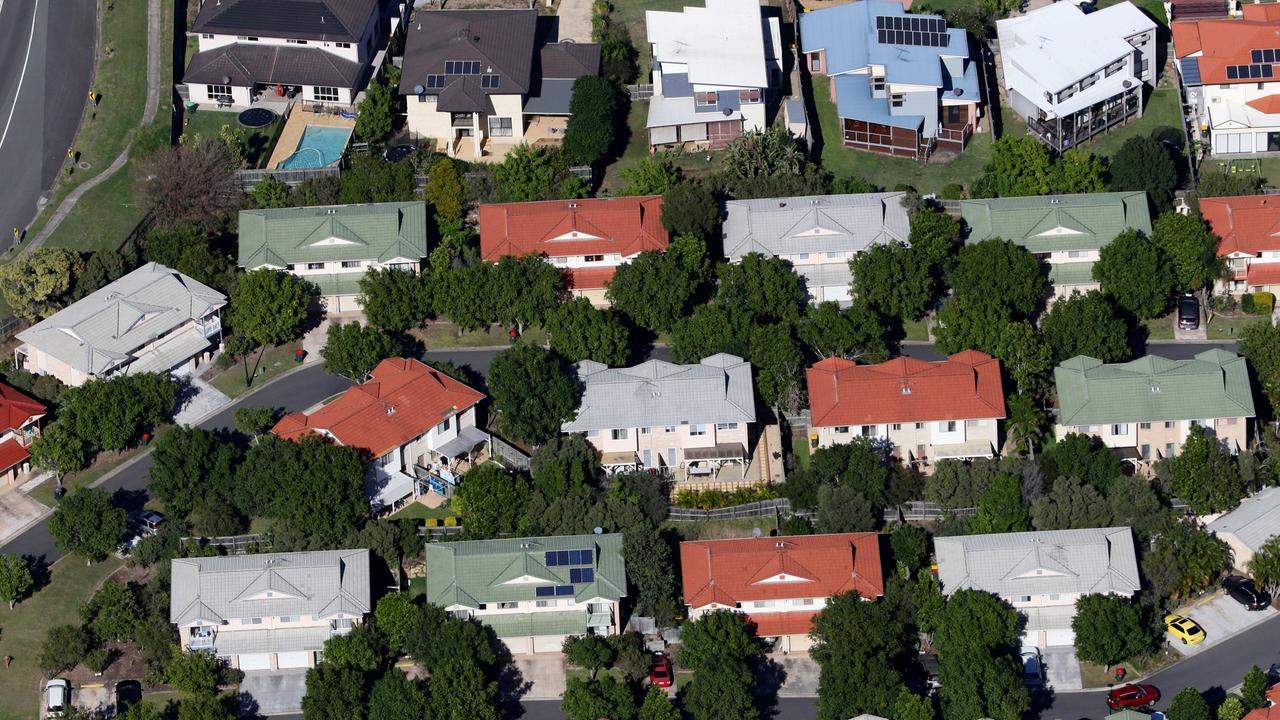Horror houses for sale expose brutal choice for property seekers
Crumbling houses for sale – some too dangerous to inspect – have exposed a brutal choice that Sydney home seekers now have to make as the current housing crisis takes a new turn.
Property
Don't miss out on the headlines from Property. Followed categories will be added to My News.
They’re falling apart, need hundreds of thousands in repairs and some are too dangerous to even inspect – but so-called “fixer uppers” are some of the only homes available in many Sydney areas.
It’s come amid a crippling housing shortage that’s seen the supply of new property listings plummet by nearly a third over the past year, according to SQM Research.
Further listing analysis showed inner Sydney is particularly starved of homes for sale, with less than 100 houses currently available with a price tag under $2m.
Many of these properties listed within 10km of the CBD are dated, rundown or, in the most extreme cases, uninhabitable. Others are often smaller one- or two-bedroom houses.
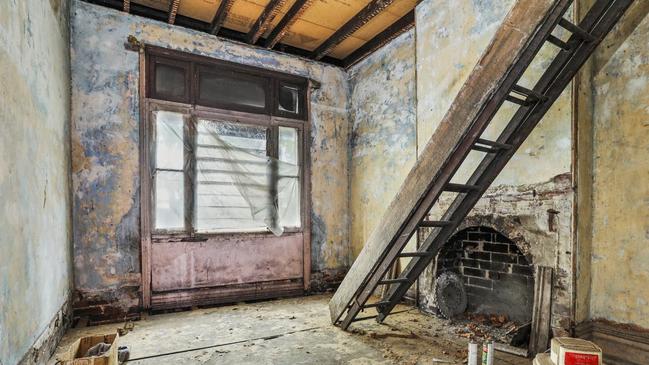
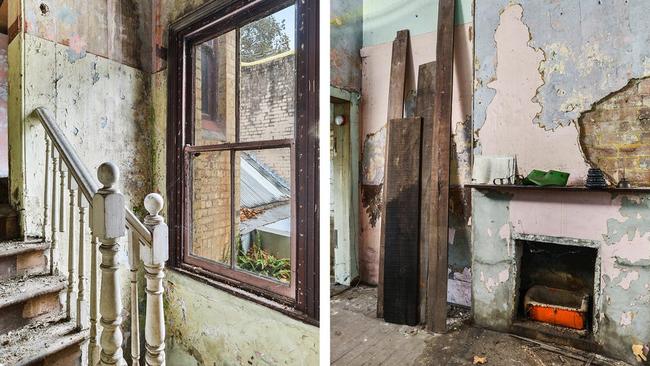
PropTrack director of economic research Cameron Kusher said interest rate hikes have fuelled the shortages, along with years of underbuilding.
“When rates started to rise it really damaged people’s confidence to bring stock to market,” he said.
“Some people who would like to move house are also being told they have to sell before they buy because rates are higher, but they don’t want to do that because there’s little to buy or rent.”
Families’ holding off sales over fears of being unable to find a roof over the heads have encouraged other households not to sell either, further drying the market of vital listings, Mr Kusher said.
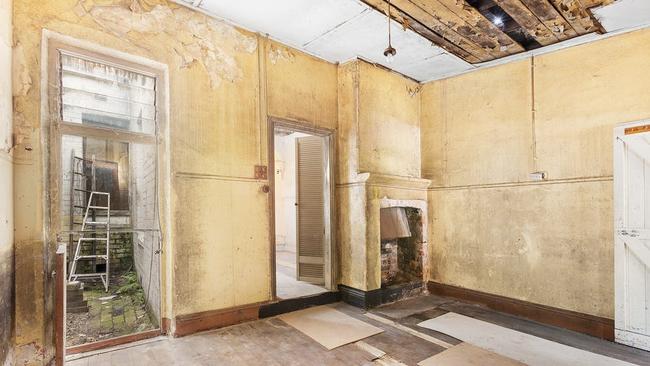
“It becomes a self-fulfilling prophecy,” he said. “No one brings new stock to market because there is nothing to buy, so no one else lists.”
Homes requiring renovation were some of the only properties listed in some areas because their owners were often in a position where they couldn’t afford the required works, Mr Kusher said.
“What we often hear is that (sellers) don’t want to go through the cost of renovating it themselves. The cost of new construction has increased considerably and trying to get tradies is difficult.”
Among the homes currently listed for sale is a rundown two-level home in Paddington deemed in the listing as “unsafe to inspect”.

Planks of wood have been used to cover cavities in the floors and it’s understood that the second level is accessed by a ladder rather than the original stairs.
The downstairs windows are boarded up, while the front upstairs window appears covered with a plastic sheet.
No price guide has been published but the property came up on a realestate.com.au search among properties with a minimum price of $1.1m.
A series of terraces on nearby Boundary St, one propped up with steel supports to prevent it collapsing, are among some of the other houses for sale in the area.
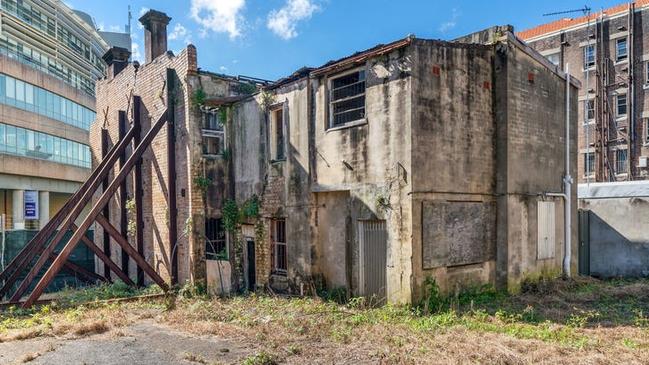
Among the few houses for sale in Newtown is a two-bedroom single-level terrace with a dishevelled ceiling and unstable flooring.
No price guide has been published and agent Peter Mitrovich said expectations were for a “land value sale only”. “It’s uninhabitable,” he said.
Mr Mitrovich said he has already received 200 inquiries for the Fulham St property since it was listed last week and he attributed the high interest to the shortage of housing stock in the area.
One of the few Glebe properties up for sale is a rundown home one-bedroom house on Forsyth St. The price guide is $1.3m.
Ray White chief economist Nerida Conisbee said home seekers often faced even stronger competition for the few fully renovated homes that were available.
“It’s very expensive to renovate, rebuild or do any work at the moment,” she said. “When properties in good suburbs are fully renovated they get snapped up very quickly.”
Mortgage Choice broker Chantelle Rangel said the current listing shortage was born out of trends in the early pandemic when prices were booming.
Those who purchased properties at the time were much more likely to use smaller deposits and max out their budgets. This left them vulnerable to rate hikes.
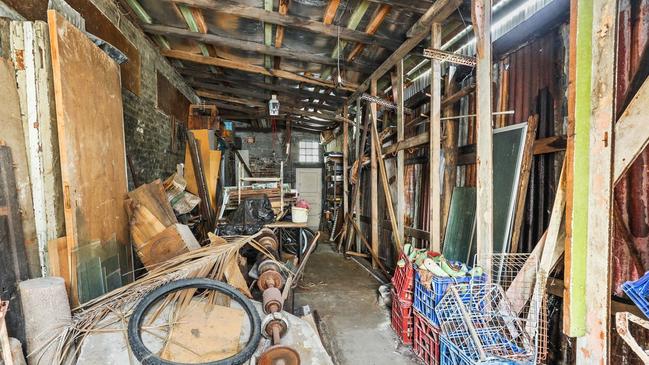
“They are now in a mortgage prison,” she said, noting they were struggling to repay their loans but were doing anything to sell because they may not recoup the money they put into the purchase.
“They’re effectively stuck. With all these rate rises, their serviceability has dropped and they can’t refinance. They’re in mortgage stress, but what can they do about it?”




